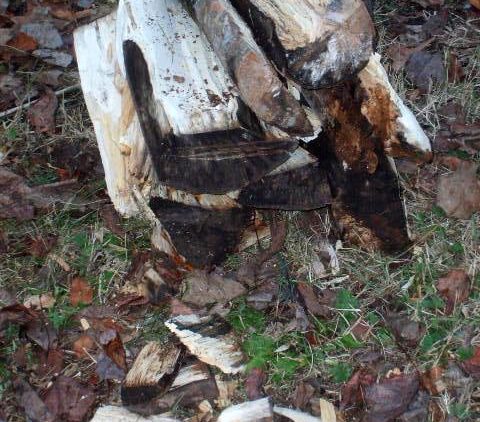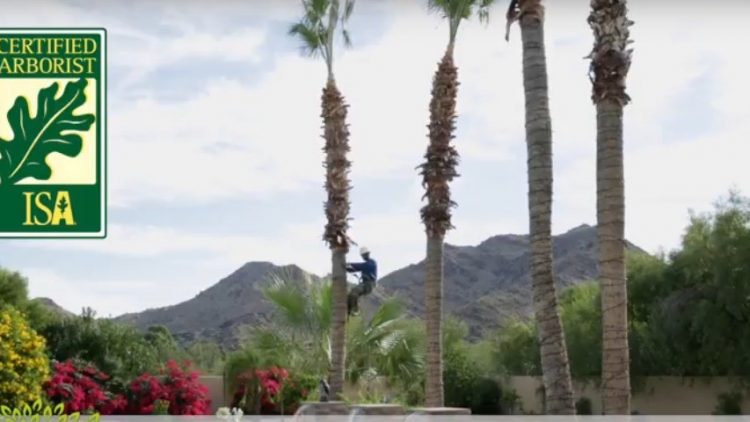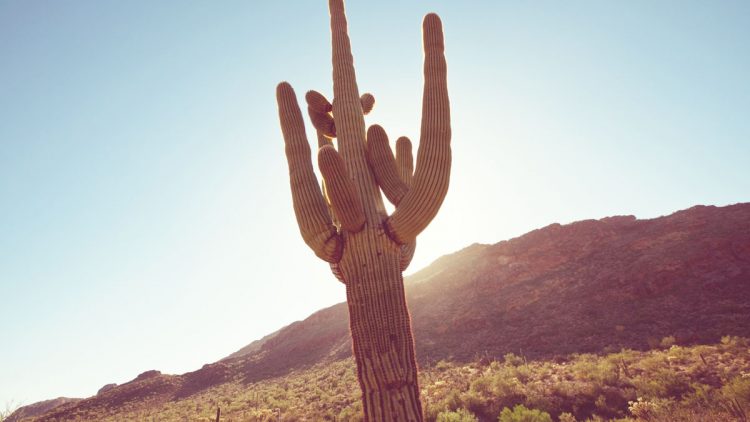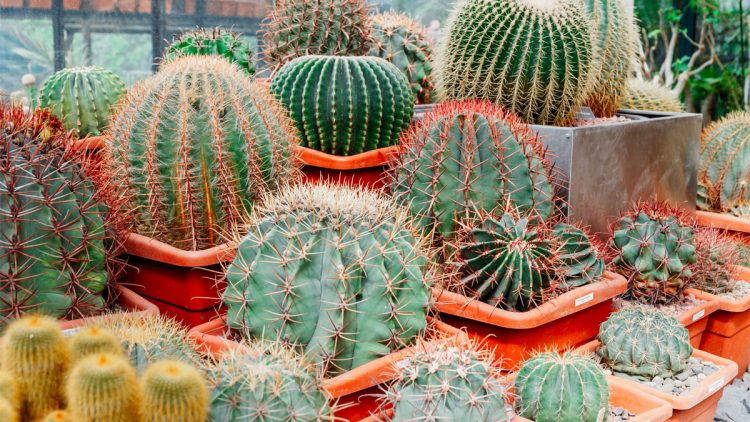Palm Tree Growth
PALM TREE GROWTH
GET A FREE ESTIMATE TODAY!
There’s a lot of residents in Phoenix Valley interested in knowing just how quickly palm trees grow in Arizona. The first factor in calculating the rate at which your palm tree will grow depends on the specific species of your palm tree. While several different palm trees can grow as much as 2 to 3-feet per year, others can take several years to reach their peak of only five feet. The best way to go about planning your landscape is to pay attention to the species you are planting, read up on that species to find out just how much they are going to grow, and also, how fast.
PALM GROWTH RATES
You will be able to look forward to having healthy growing palm trees once the watering, fertilizing, location, and pruning have all been worked out. Each species of palm trees has their own rate of growth. Continue reading below to get a better idea on what the average rate of growth for palm trees are.
FOXTAIL PALMS
As a fast-growing palm tree, the Foxtail Palm will grow 2 to 3-feet per year under normal (ideal) conditions, and reach a height of 30-feet in total height within a 10-year period. A good option for those seeking a rapid growing palm tree for shading. It has a deep root stem feature that gives it the ability to withstand drought conditions.
MEDITERRANEAN PALM
These are also known as European Fan Palm trees and they are slow growers, growing around 6-inches per year, and reaching full maturity of 20-feet in height at a very slow pace. They are however, popular due to their fronds beauty and also their bark. These palms make a nice addition to many residential landscapes for they will not overpower the landscapes visual presentation of the landscape itself or of the home.
MEXICAN FAN PALM
The Mexican Fan Palm tree grows faster than most of the other palm trees. It is also one of Arizona’s more common palm trees, which can get as high as 70 to 100-feet in height, being taller than most of the residential yards can handle. Under normal conditions the Mexican Fan Palm tree will grow as much as 4-feet per year. However, because of their rapid growth and drastic heights they are popular for use in public parks and for commercial uses.
KING PALM
The King Palm is also a rapidly growing palm. They will grow rapidly in soil with good moisture and lots of nutrition. The King Palm will grow at a rate of almost 2-feet per year. Which means that it grows a little bit slower than a Queen Palm. The growing rate for a King Palm can be increased by planting it where it only gets a small amount of shade for the sun will help it to grow faster.
QUEEN PALM
When planted within the USDA hardiness zones 9 – 11, will grow at the rate of about 2-feet per year. Thus, a 15-gal. Queen Palm plant will give you a 25-foot Queen Palm in approximately 10-years. In all, you can consider this to be a fairly high speed of growth.
TREE TRIMMING AND REMOVAL SERVICES PHOENIX
Phoenix Trim-A-Tree offers tree removal and trimming services in Phoenix, Arizona as well as Scottsdale, Mesa, Tempe or Chandler, contact us today!






